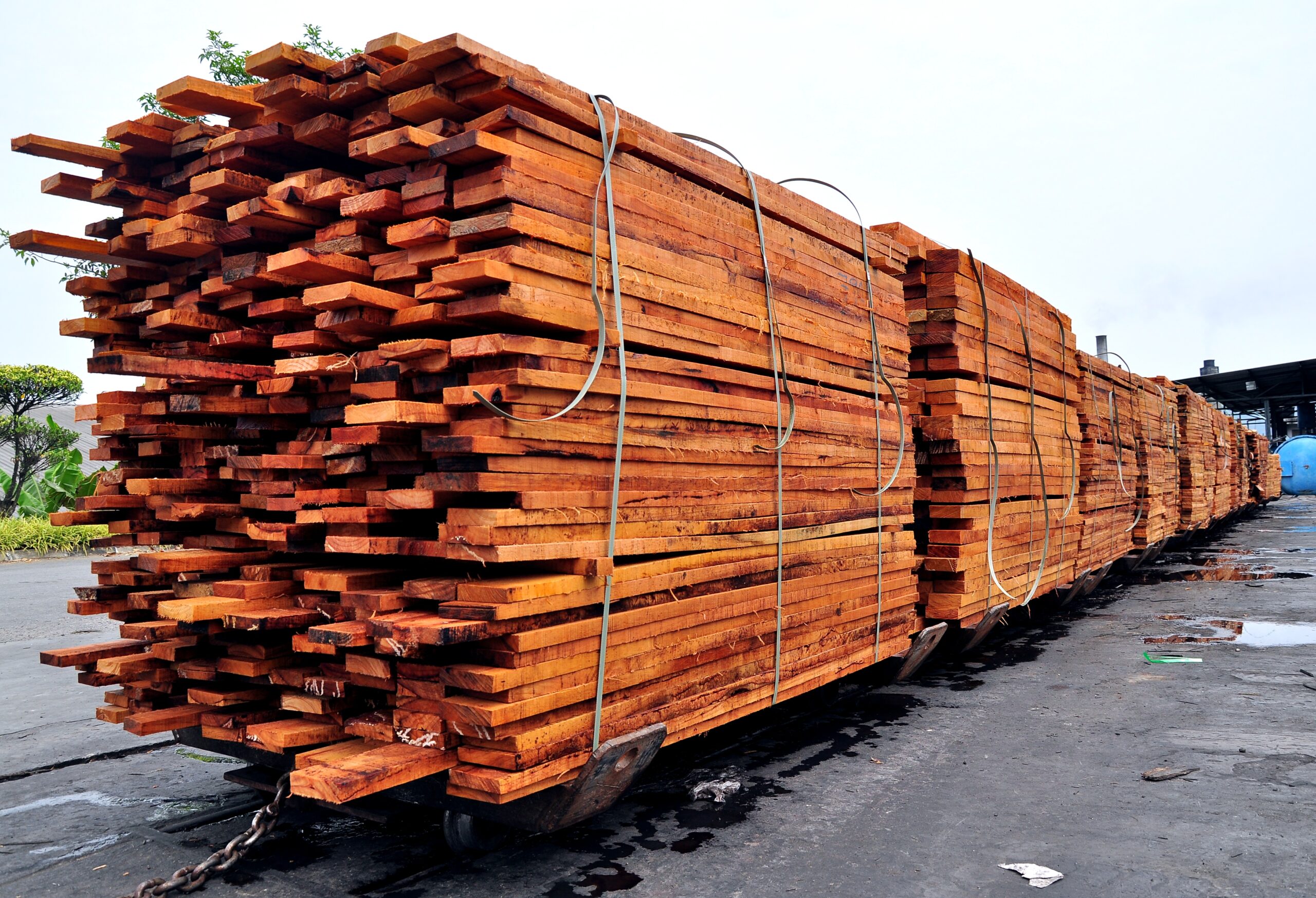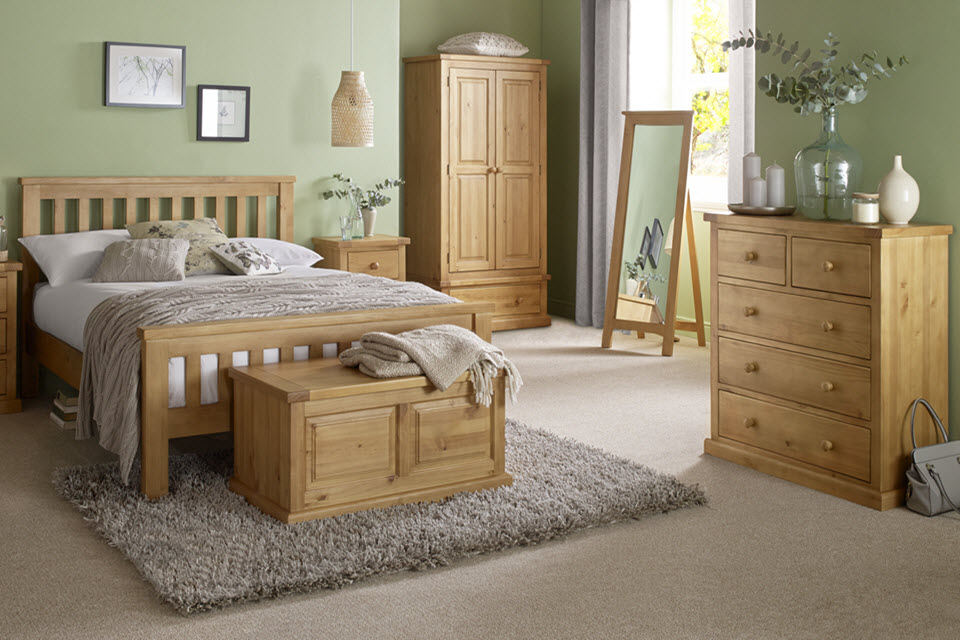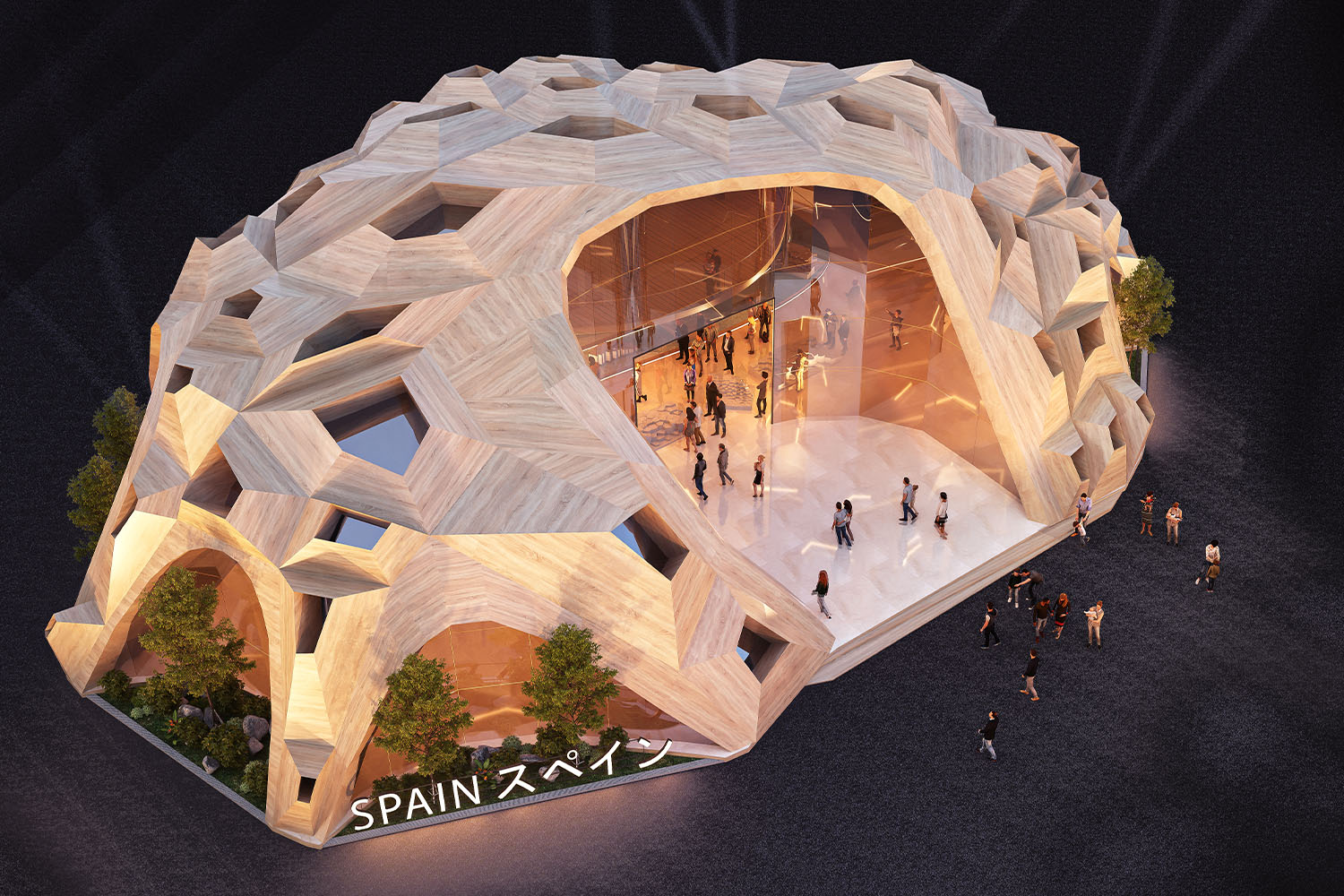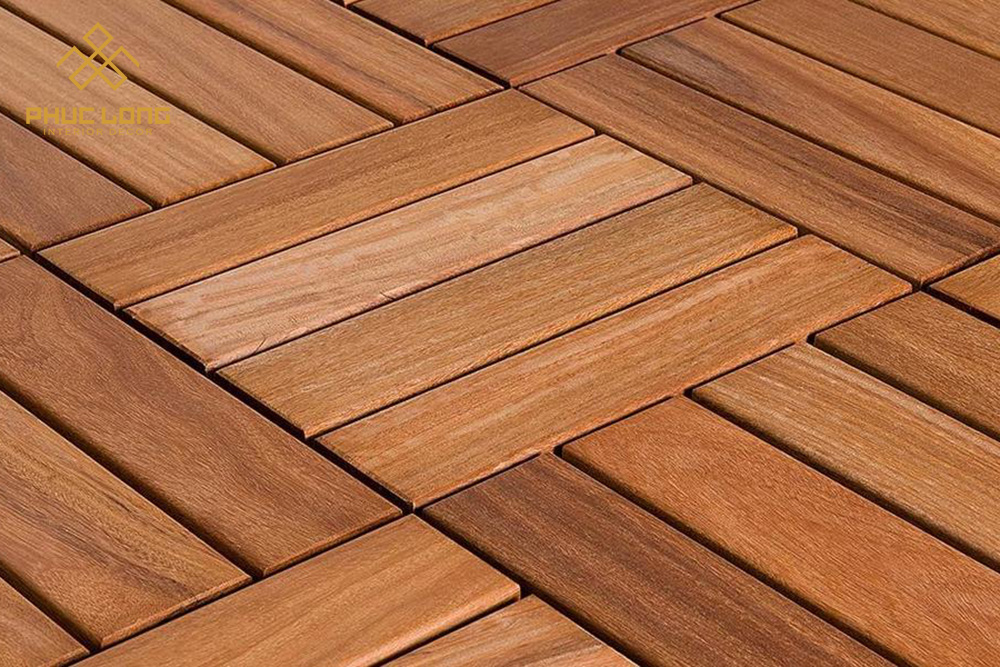Pine wood is a highly popular material in both furniture production and construction, renowned for its versatility and natural appeal. However, when it comes to choosing the right wood for your project, pine wood and rubber wood both offer distinct advantages. How do they stack up against each other? In this article, we will compare the key features, applications, and pricing of pine wood versus rubber wood, guiding you toward the best choice for your next project.
1. Pine Wood vs. Rubber Wood: Characteristics
Pine Wood: Lightweight and Flexible
This wood, derived from the evergreen pine tree, is known for its lightweight structure and flexibility. These qualities make it highly versatile for various applications. It has a smooth, uniform grain and a bright color that enhances the natural beauty of furniture and handcrafted items.
Key features of pine wood:
- Lightweight yet durable: It offers an excellent balance between weight and strength.
- Cost-effective: This wood is typically more affordable than many hardwoods, making it a popular choice for budget-conscious projects.
- Ease of workability: This wood is easy to cut, shape, and sand, which makes it ideal for DIY projects and custom furniture designs.
- Natural aesthetics: Its bright appearance with visible grain patterns provides a timeless, rustic charm.
Rubber Wood: Durable and Moisture-Resistant
Rubber wood, sourced from rubber trees, is more durable and moisture-resistant than pine. This makes it particularly useful for high-end furniture and outdoor products where exposure to the elements is a concern. Its warm brown hue and elasticity add elegance to finished pieces, while its pest-resistant properties increase longevity.
Key features of rubber wood:
- Durability: Rubber wood is more resistant to damage from pests and moisture, making it great for indoor and outdoor use.
- Moisture resistance: Ideal for humid environments or furniture that may encounter water, such as kitchen cabinets or outdoor tables.
- Warm color: Rubber wood’s natural brown tone provides a cozy, luxurious feel to any interior.
- Elasticity: This flexibility allows rubber wood products to maintain shape under pressure, enhancing both their functionality and appearance.
2. Supply and Pricing: Affordability of Pine and Rubber Wood
Both pine wood and rubber wood are mid-range in price, with relatively stable supply chains. However, pinus wood may be slightly more expensive depending on factors like origin and quality. Pine’s versatility makes it a go-to for many manufacturers, while rubber wood’s durability justifies its higher cost in some high-end applications.
For projects requiring large quantities of wood, pinus wood offers a cost-effective option without compromising on quality. On the other hand, rubber wood’s added benefits of moisture resistance and durability might be worth the investment for high-traffic areas or outdoor settings.
3. Applications of Pine Wood in Production
Furniture
Pine wood is widely used for producing furniture such as tables, chairs, and cabinets. Its easy-to-work-with nature, combined with a naturally appealing aesthetic, makes it perfect for creating rustic, farmhouse-style furniture or more refined contemporary pieces.
Construction
In construction, pine wood is often used for building homes, flooring, and interior framing. Its lightweight and sturdy nature make it an ideal material for structural elements that need to be both functional and visually appealing.
Crafts
Pinus wood is also a favorite among DIY enthusiasts and crafters. The wood’s softness and flexibility allow it to be easily shaped into decorative items, picture frames, or small handcrafted products like gifts and home decor.
4. Applications of Rubber Wood in Production
High-End Furniture
Rubber wood is a prime choice for high-end furniture due to its natural strength and luxurious warm color. Dining tables, wardrobes, and living room furniture made from rubber wood offer both beauty and durability.
Outdoor Furniture
Thanks to its moisture resistance and pest protection, rubber wood is ideal for outdoor products such as garden tables, chairs, and benches. These pieces can withstand various weather conditions without warping or damage, making rubber wood an excellent investment for outdoor settings.
Wooden Flooring
Rubber wood is also used for wooden flooring due to its durability and attractive color. Flooring made from rubber wood can add a touch of elegance and long-lasting durability to living spaces, enhancing the overall aesthetic.
5. Choosing Between Pine Wood and Rubber Wood: Key Considerations
When selecting between pine wood and rubber wood, consider the following factors:
- Intended Use: For indoor furniture that requires easy shaping and flexibility, pine wood is a perfect choice. However, for high-traffic areas, outdoor furniture, or moisture-prone environments, rubber wood is a better option due to its enhanced durability and water resistance.
- Aesthetic Preference: If you prefer a light, bright appearance with visible grain patterns, pine wood is ideal. Rubber wood, with its warm brown tones, creates a more sophisticated and cozy feel.
- Budget: Pine wood is generally more affordable than rubber wood, especially for large-scale projects. Rubber wood may require a higher investment but offers greater resilience over time, particularly in challenging environments.
Conclusion: Pine Wood vs. Rubber Wood – Which Should You Choose?
Both pine wood and rubber wood are excellent materials, each with distinct characteristics that suit different needs. If you are looking for a cost-effective and flexible material for indoor furniture or crafting projects, pine wood is a fantastic option. On the other hand, if you need a durable, moisture-resistant wood for high-end furniture or outdoor products, rubber wood is well worth the investment.
By considering the unique advantages of each wood type, you can make the best choice for your production needs. Whether it’s the affordability and workability of pine or the resilience and elegance of rubber wood, both offer valuable contributions to modern furniture and construction.
You can read more articles by visiting our blog here.











